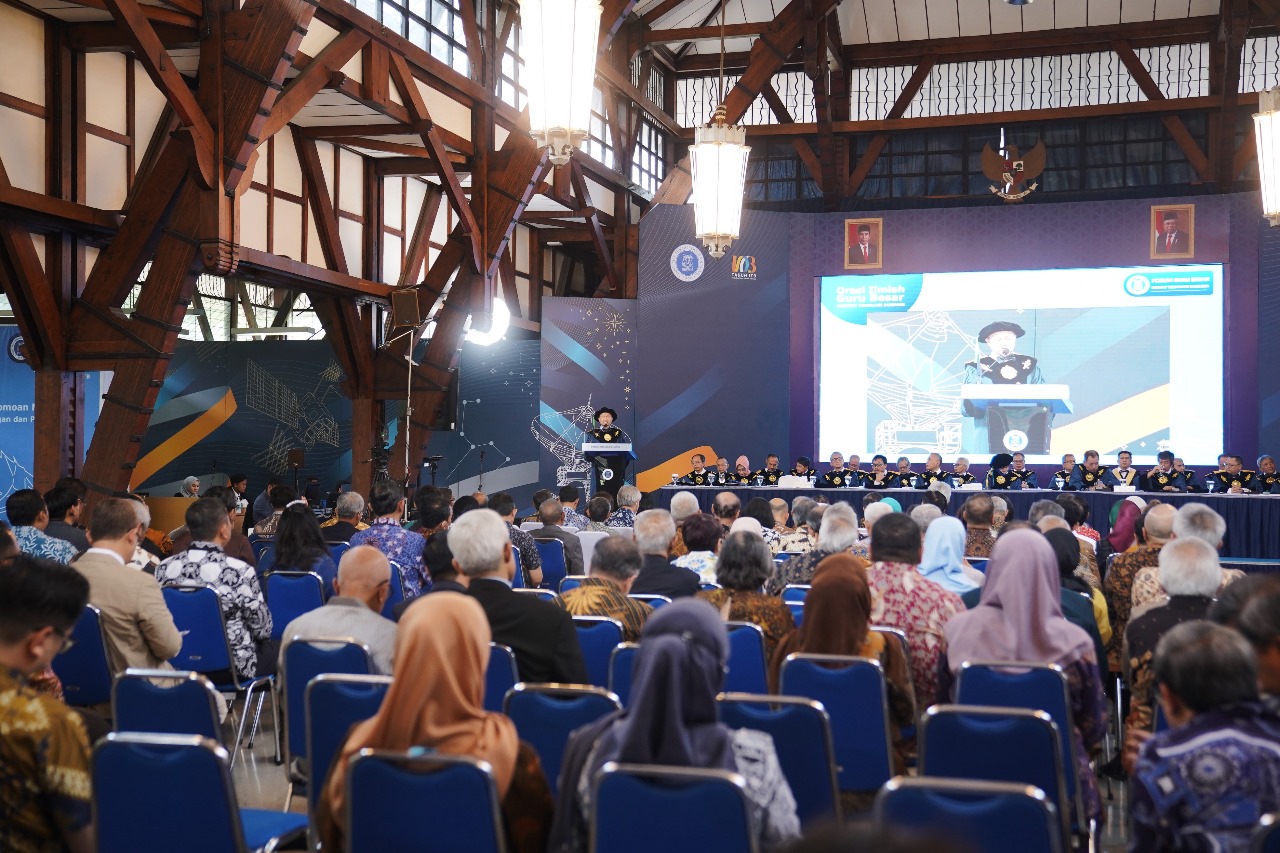ITB's Journey to Build Integrated Tourism Village in South Magetan
By Adi Permana
Editor Adi Permana

BANDUNG, itb.ac.id—Nowadays, developing tourist villages has become common as it is an ideal choice for many. Residents of four villages in South Parang Subdistrict, Magetan Regency, East Java, also felt the same enthusiasm. These four villages were Ngunut Village, Trosono Village, Sayutan Village, and Bungkuk Village. Magetan Regency is widely known for its tourist destinations, such as Mount Lawu, Sarangan Lake, and Genilangit Park. However, these destinations are mostly located in the northern and western parts of the regency. On the other hand, the southern part is hardly considered a viable tourist destination.
This phenomenon motivated the community and government of said villages to develop their tourism sector. Realizing that the development could not be done alone, they collaborated and united under the name Blego-Bungkuk (B2) Jaya. The name emphasized that Mount Blego and Mount Bungkuk unified the four villages. The local government also showed strong commitment by collaborating with the Magetan Regency Government, who then extended the cooperation to ITB.
The journey began with an audience between the four villages under B2 Jaya with ITB in mid-December 2021. The audience gave birth to an MoU, signed by the Regent of Magetan and the Rector of ITB as a legal basis for education, research, and community service programs. ITB was committed to facilitating the development of integrated tourism villages.
During the initial phase of the cooperation in 2022, LPPM ITB (Institute for Research and Community Service of ITB) initiated three primary community-service activities in the B2 Jaya zone. First, they conceived an integrated tourism-village plan in accordance with the demands of the four villages. Afterwards, the activity followed by community empowerment to explore the tourism potential in each village, including the availability of natural and cultural resources. Finally, LPPM ITB mapped out the potential of geological diversity and water resources to ensure the sustainability of tourism activities in the region.
All activities conducted by ITB in the B2 Jaya area, including the planning stage, were organized in such a way as to involve the local community in the process. Proper strategies and procedures were needed for the community to understand and accept the tourism-village development. The ITB Center for Tourism Planning and Development (P-P2Par) team, responsible for executing the first and second activities, also encouraged village leaders to form Tourism Awareness Groups (or Pokdarwis). The objective of Pokdarwis was to incentivize tourism as it was the leading team involved in the planning process. Representation of all community elements was essential to avoid any conflict.
As the activities progressed, Pokdarwis proved to have a profound impact on the community, even though the planning still needed to be completed. For example, every weekend, Pokdarwis Ngunut Berseri from Ngunut Village worked with youths and farmers to open road access to Kleco Peak. Local authorities, including heads of neighbourhoods and hamlets, supported this initiative.
For the next activity, ITB conducted a focus group discussion with numerous community representatives at Sayutan Village Office on June 8, 2022. These representatives, up to 50 people, were educated on the basics and benefits of tourism. They were asked to identify their villages' strengths and map out problems they might face in the future.
Moreover, the ITB P-P2Par Team also collected data and discussed the initial development with Pokdarwis and the village government directly on site. "This activity is conducted to determine the actual and current circumstances, as well as prospects that can be developed in line with the aspirations of the community and the local government," explained Budi Faisal, M.AUD, MLA, Ph.D.
After the survey and planning had been completed, the governments of B2 Jaya villages held a dialogue with the Magetan Regency Government and five members of the Regional House of Representatives, including those in charge of tourism affairs. The planning was followed up in late September to early October 2022, focusing on exploring and constructing priority programs for each village to manage tourism activities.
In the future, the development of tourism villages in the B2 Jaya zone is expected to be integrated as previously planned. Support from various parties is necessary to build a competitive tourism destination in the southern part of Magetan. The success of this mission lies in the hands of both the community and the village government, in terms of physical development and human resources.
*Media Indonesia has published this article under the rubric of Rekacipta ITB, which can be seen at https://pengabdian.lppm.itb.ac.id
Reporter: Sekar Dianwidi Bisowarno (Bioengineering '19)
Translator: Ariq Ramadhan Teruna (Chemical Engineering '21)

.jpg)
.jpg)
.jpg)
.jpg)
.jpg)



